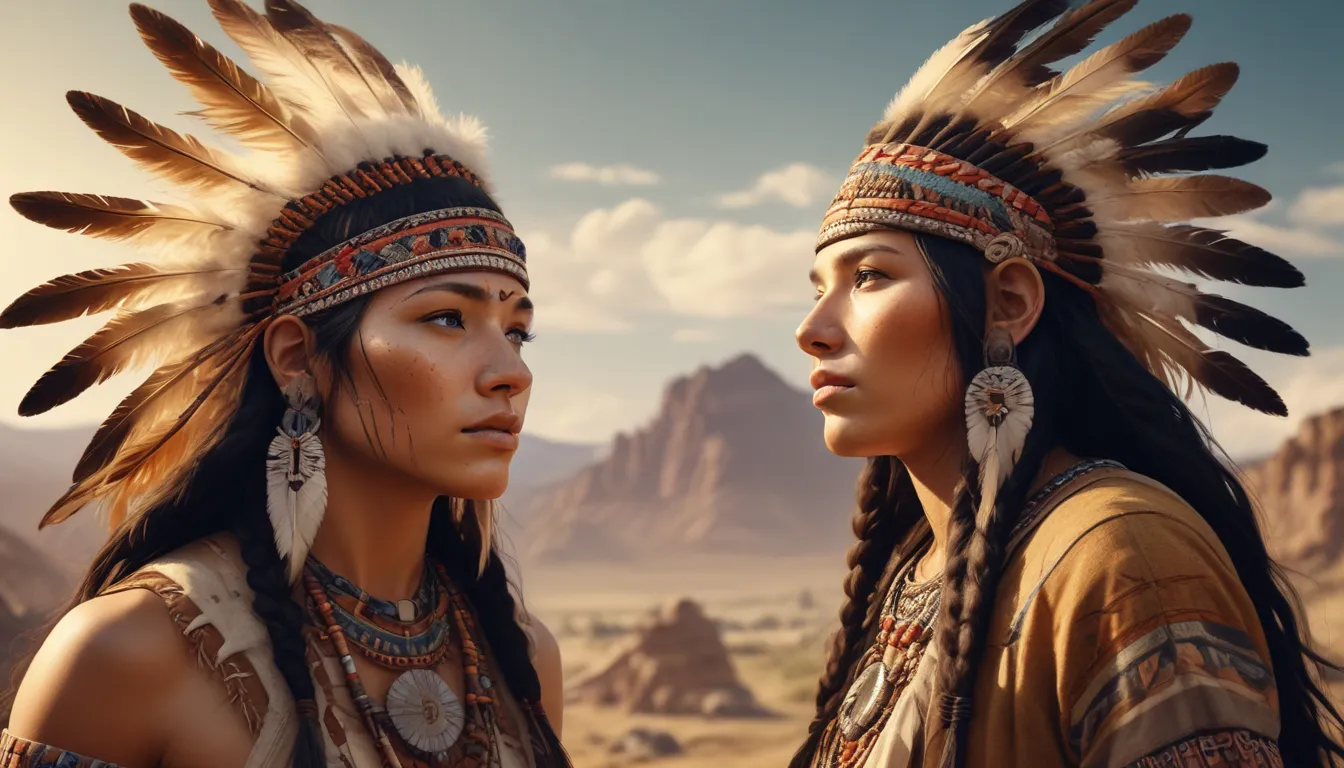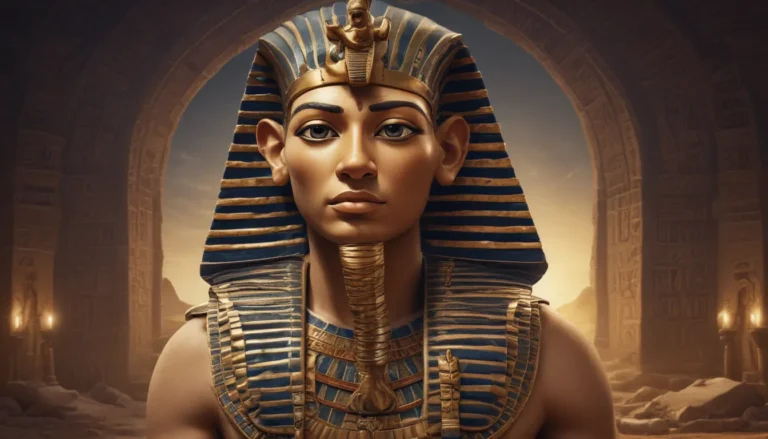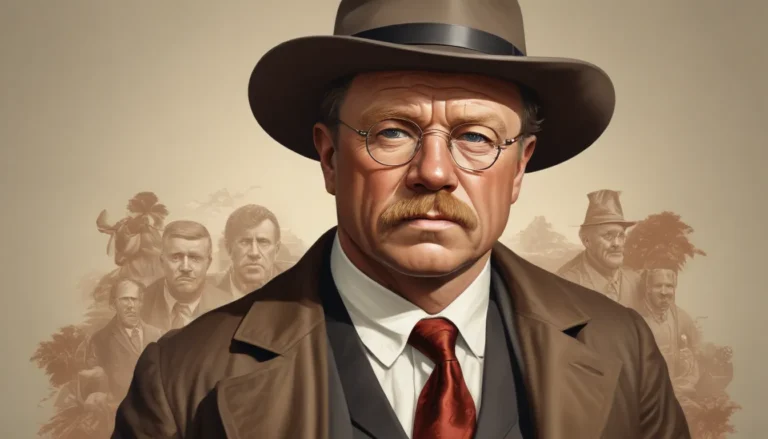The images in our articles may not match the content exactly. They are used to grab your attention, not to show the exact details in the text. The images complement the text but do not replace it.
Have you ever been intrigued by the diverse tapestry of Native American culture and history? Native American fun facts offer a glimpse into a world teeming with vibrant traditions, ingenious innovations, and profound connections to nature. From pioneering agricultural practices to inspiring democratic principles, the rich legacy of Native American peoples is a testament to their ingenuity and resilience. Let’s delve into 13 amazing Native American fun facts that showcase the depth and diversity of indigenous cultures.
Unraveling the Tapestry of Native American Cultures
Native American cultures boast a rich history that spans thousands of years, encompassing a wide array of beliefs, practices, and achievements. Here are some fascinating insights into the diversity and innovation of indigenous peoples:
-
Languages Galore: By the time Europeans arrived in North America, over 2,000 distinct languages were spoken by Native American tribes. Today, efforts are underway to preserve and revitalize these endangered languages, each offering a unique window into the heritage of its speakers.
-
Innovative Agriculture: The cultivation of corn, beans, and squash, known as the “Three Sisters,” exemplifies Native Americans’ early understanding of sustainable farming practices. These crops, which mutually benefit each other’s growth, highlight indigenous peoples’ deep connection to the land.
Tracing Native American Contributions to Modern Society
The influence of Native American cultures extends far beyond their ancestral lands, shaping aspects of modern society in profound ways:
-
Democracy Inspiration: The democratic principles of the Iroquois Confederacy are believed to have influenced parts of the U.S. Constitution, underscoring the enduring impact of Native American governance systems on American democracy.
-
Medicinal Plants: With a rich tradition of herbal medicine, Native Americans have utilized over 2,500 plant species for medicinal purposes. Many of these plants, such as echinacea and aspirin derived from willow bark, continue to be integral to contemporary healthcare practices.
Celebrating Iconic Native American Figures
Throughout history, remarkable Native American individuals have left indelible marks on their communities and the world at large:
-
Sacagawea’s Journey: Sacagawea, a Lemhi Shoshone woman, played a pivotal role in the Lewis and Clark expedition, serving as a guide and interpreter and fostering peaceful relations with other Native American tribes.
-
Jim Thorpe’s Athletic Prowess: Jim Thorpe, a member of the Sac and Fox Nation, achieved global acclaim by winning two gold medals in the 1912 Olympics, showcasing the exceptional athletic abilities of Native Americans.
Inventing and Innovating: Native American Contributions
Native American societies have a history of innovation, developing technologies and systems that were ahead of their time:
-
Advanced City Planning: The Mississippian culture’s city of Cahokia, with its sophisticated urban layout and monumental earthen mound, exemplifies the advanced urban planning practices of indigenous communities.
-
Astronomical Achievements: Structures like the Sun Dagger in Chaco Canyon, engineered to align with celestial cycles, demonstrate Native Americans’ profound knowledge of astronomy and astute observations of the natural world.
Expressing Culture Through Art and Symbolism
Art and symbolism hold profound significance in Native American cultures, serving as channels for storytelling, spiritual expression, and cultural heritage:
-
Totem Poles: Intricately carved by tribes in the Pacific Northwest, totem poles narrate ancestral stories and commemorate tribal history, serving as enduring symbols of cultural identity and continuity.
-
Navajo Weaving: Renowned for its intricacy and symbolism, Navajo weaving reflects personal experiences and spiritual journeys, showcasing the artistic prowess and cultural richness of the Navajo Nation.
Nurturing and Preserving Native American Heritage
Efforts to safeguard and honor Native American heritage are essential for maintaining the cultural tapestry of the United States:
-
National Native American Heritage Month: Designated in November, this month celebrates the diverse histories, cultures, and contributions of Native American peoples, fostering awareness and appreciation for indigenous heritage.
-
Tribal Colleges and Universities: Playing a vital role in preserving indigenous languages and traditions, these institutions provide educational opportunities that empower indigenous students and uphold cultural sovereignty.
-
Cultural Preservation Programs: Supported by various organizations, these programs work tirelessly to safeguard and promote Native American arts, languages, and traditions, ensuring their transmission to future generations.
Embracing the Legacy of Native American Peoples
As we immerse ourselves in the multifaceted history and achievements of Native American cultures, we uncover a world characterized by wisdom, resilience, and innovation. From sustainable agricultural practices to visionary democratic ideals, indigenous communities have left an indelible mark on the fabric of society. By honoring and learning from their rich heritage, we not only pay tribute to the past but also enrich our collective future. Let us cherish the spirit of curiosity and appreciation as we delve deeper into the narratives and cultural legacies that shape our world.
Frequently Asked Questions
Q: What are some surprising facts about Native American cultures?
A: Native American cultures are incredibly diverse, with over 500 federally recognized tribes in the United States alone, each boasting unique traditions and histories. For example, the Cherokee developed a written language, and the Navajo served as code talkers during World War II, highlighting the vast contributions and complexities within indigenous cultures.
Q: How did Native Americans contribute to modern medicine?
A: Native Americans introduced the world to numerous medicinal plants, many of which are still used today in pharmaceuticals. From willow bark-derived aspirin to immune-boosting echinacea, indigenous herbal remedies have shaped contemporary healthcare practices and treatments.
Q: Can you name any popular games invented by Native Americans?
A: Indeed! Lacrosse, originating with the Iroquois, stands out as a well-known sport that holds cultural and spiritual significance within Native American communities. Other games like stickball and hand games also reflect the diverse recreational traditions of indigenous peoples.
Q: What are some Native American contributions to American cuisine?
A: Native American cuisine has significantly influenced global food culture, introducing crops like corn, potatoes, squash, and beans, which form the foundation of many traditional dishes. From succotash to cornbread, indigenous culinary practices continue to resonate in contemporary cooking.
Q: How did Native Americans view the environment?
A: Many Native American tribes hold a deep reverence for the natural world, viewing it as interconnected with spiritual life and community well-being. Sustainable practices, such as utilizing all parts of an animal and rotating farming lands, reflect indigenous principles of environmental stewardship.
Q: What role did Native American women play in their societies?
A: Women in Native American cultures played diverse and significant roles, with some societies following matrilineal lineage systems. Women often held positions of leadership, healers, and decision-makers, contributing to the social, cultural, and political fabric of their communities.
Q: Are there any Native American languages still spoken today?
A: Despite historical challenges, many Native American languages persist and are undergoing revitalization efforts. Languages like Navajo, Cherokee, and Ojibwe continue to be spoken, with initiatives aimed at preserving and passing on these vital aspects of indigenous heritage to future generations.
Advancing Knowledge and Appreciation of Native American Heritage
Our commitment to delivering engaging and credible content ensures that each fact we share offers a glimpse into the rich tapestry of Native American cultures. By exploring and learning from the diverse insights contributed by our community, we celebrate the authenticity and vibrancy of indigenous histories and traditions. Trust in our dedication to quality and authenticity as we continue to unearth the fascinating narratives and enduring legacies of Native American peoples.






